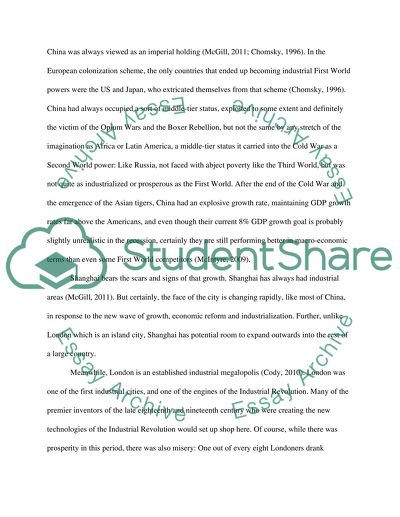Cite this document
(“London and Shanghai: lass and national wealth differences in urban Essay”, n.d.)
Retrieved from https://studentshare.org/politics/1405107-london-and-shanghai-lass-and-national-wealth-differences-in-urban-governance
Retrieved from https://studentshare.org/politics/1405107-london-and-shanghai-lass-and-national-wealth-differences-in-urban-governance
(London and Shanghai: Lass and National Wealth Differences in Urban Essay)
https://studentshare.org/politics/1405107-london-and-shanghai-lass-and-national-wealth-differences-in-urban-governance.
https://studentshare.org/politics/1405107-london-and-shanghai-lass-and-national-wealth-differences-in-urban-governance.
“London and Shanghai: Lass and National Wealth Differences in Urban Essay”, n.d. https://studentshare.org/politics/1405107-london-and-shanghai-lass-and-national-wealth-differences-in-urban-governance.


